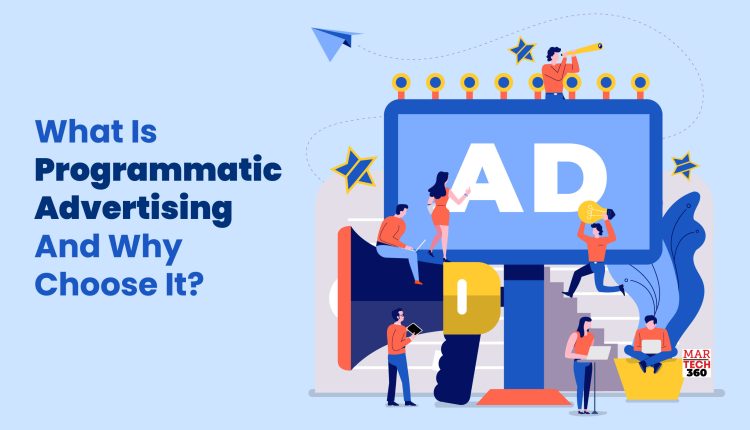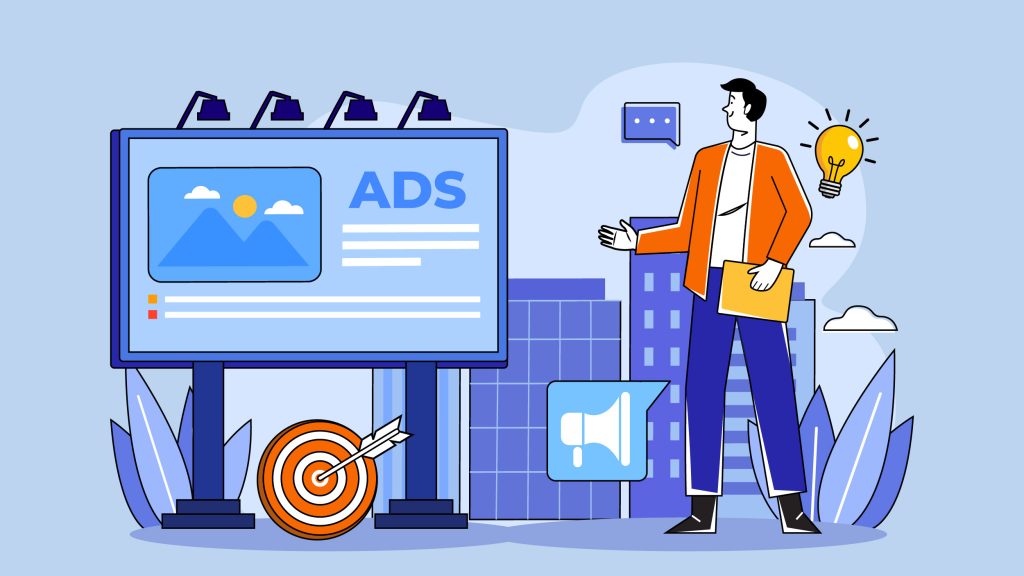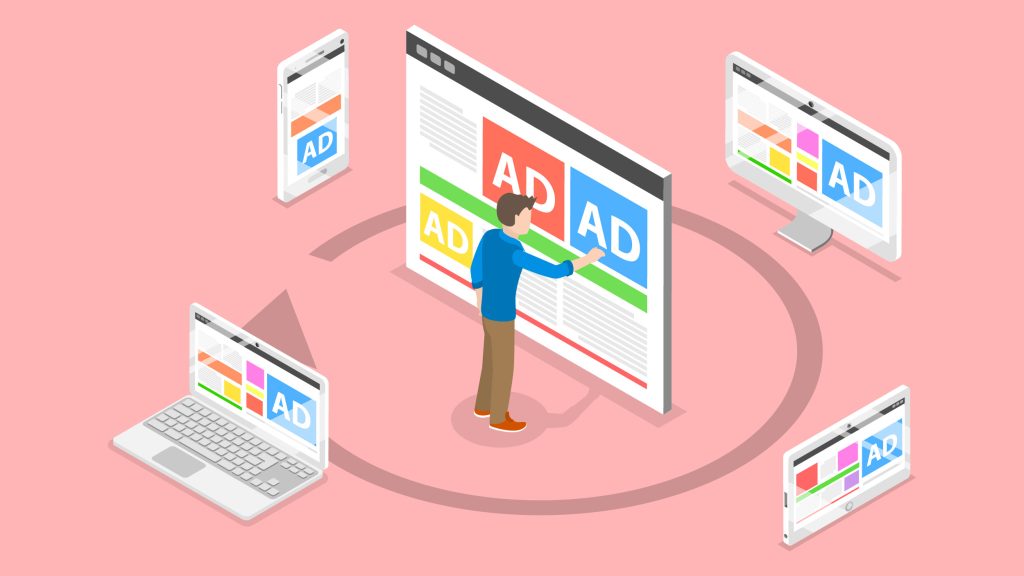Are you tired of hearing about programmatic advertising without really understanding what it means? You’re not alone! This buzzword has been making the rounds in the marketing industry for some time now. But don’t worry, we’ve got you covered. Let’s dive in and demystify programmatic advertising once and for all.
Do you find yourself asking, “What the heck is programmatic advertising, anyway?” Well, think of it as the high-tech version of traditional display marketing. But instead of manually placing ads on websites and hoping for the best, programmatic advertising uses data and algorithms to target specific audiences and show ads to them in real time.
But that’s not all! Programmatic advertising also offers a level of personalization that traditional display marketing just can’t compete with. By analyzing user behavior and preferences, programmatic advertising can deliver customized ads that resonate with your target audience.
So, if you’re looking to up your advertising game and reach the right people at the right time, programmatic advertising might just be the ticket. And with our comprehensive guide, you’ll have everything you need to know to succeed in this exciting and dynamic field. Let’s get started!
Understanding Programmatic Advertising
The dictionary definition of Programmatic advertising would be the automated buying and selling of online advertising done via software instead of using traditional human negotiations or manual agreements.
In simple terms, it makes the process of buying and selling advertising space easier through digital platforms. It also rules out the need for requesting quotes, proposals, tenders, and any other traditional means of advertising used years ago.
There are two parties involved in Programmatic Advertising buyers and sellers; buyers are advertisers who are interested in purchasing an online ad space whereas sellers are website owners or publishers looking to sell their digital ad space. These buyers and sellers enter the marketplace to buy or sell digital advertising space through automated auctions.
This is where programmatic advertising comes into the picture and significantly helps in speeding up the process of buying and selling ad space(s). Using the software matches buyers and sellers and uses algorithmic software that can handle the sale and placement of digital ad impressions in a split second and takes the entire process of buying and selling ad space to a whole new level.
How does Programmatic Advertising Work?
The gap between publishers—those with websites that have ad space (also known as “ad inventory”) to sell—and advertisers—those eager to buy that ad space to strengthen their brands—is bridged in part by programmatic advertisements.
To begin a digital campaign to market their good or service, an advertiser gets in touch with their programmatic ad agency or trading desk.
A DSP enables advertisers and their agencies to purchase ad inventory from a variety of publishers. The DSP makes use of a data management platform (DMP) to manage audience data and ensure that the ads are targeted to the right people. By taking into account a number of factors, including location, demographics, user behavior, and online activity, this data is used to target the appropriate audience.
A publisher’s website will submit an ad request to the supply-side platform (SSP) whenever someone who is in the advertiser’s target market visits it. In order to increase the value of each impression for the publisher, an SSP is utilized by publishers to sell advertisements. The DSP is connected to the SSP, which conducts an auction among its customers.
The DSP evaluates the advertisement and compares it to its data and target elements using the information it gets. This is used to determine the first impression’s bid price. Real-time bidding is the term used to describe the process, which takes place within the SSP or ad exchange.
Even though it seems like a lengthy process, the bidding is finished in about 100 milliseconds. The publisher’s website will display the impression once it has been sold. Every time a person visits the website or refreshes, the procedure is repeated.
Programmatic Advertising Platforms
Programmatic platforms come in many different types but can be mainly divided into three types as
- Sell-side platform: With the help of this platform, which is also known as a “supply-side platform,” publishers may quickly sell their ad impressions to businesses. This platform includes both DSPs and ad exchanges. Google Ad Manager, Amazon Publisher Services, OpenX, Google AdMob, Yahoo Ad Tech, and TripleLift are just a few of the SSPs available to publishers.
- Demand-side platform: With the help of this platform, advertisers can buy advertising inventory across several channels at once. Display & Video 360 (Google), The Trade Desk, Amazon DSP, LiveRamp, and Adobe Advertising Cloud DSP are top DSPs available to publishers.
- Ad exchangers: In an ad exchanger, where DSPs are connected, the competitiveness of the inventory affects how much each ad costs. Some of the more well-known ad exchangers available to publishers include Xandr (Microsoft), Verizon Media, OpenX, PubMatic, and Google Ad Exchange.
Why You Should Choose Programmatic Advertising?
It has made the process of buying and selling ad spaces remarkable, efficient, and more transparent. Before programmatic advertising existed, the process of finding an ad space, suitable opportunities as well as creating agreements had to be done manually by buyers and sellers.
Manual digital advertising can be replaced with programmatic display advertising, a subset of programmatic advertising, for a more efficient and quick solution. Ordering, putting up, and reporting on ads all required manual labor prior to the advent of programmatic advertising. While personally negotiating the sale and acquisition of ads is a time-consuming procedure, both publishers and advertisers may find themselves battling with the administration of ad space.
The traditional process of buying and selling an ad space was very time-consuming. But with the introduction of programmatic advertising and mainly programmatic display advertising, the reliance on manual efforts is totally eliminated and involves more software and automation to complete the whole process of displaying ads on the web. These reasons are enough for businesses to invest time and effort in programmatic advertising.
Last year a huge number of digital display marketing was done by using programmatic advertising in the United States. This year, experts have anticipated accelerated growth worth millions of dollars in programmatic ad spending. It has developed and evolved a lot and will keep progressing more and more in the future.
Programmatic marketing provides ample opportunities which were not possible if the ad placements and displaying were still done manually. It not only provides opportunities to easily buy and sell ad spaces but it can also identify and resonate with individual targets of where and at what time the audience is most likely to engage online.




Comments are closed.